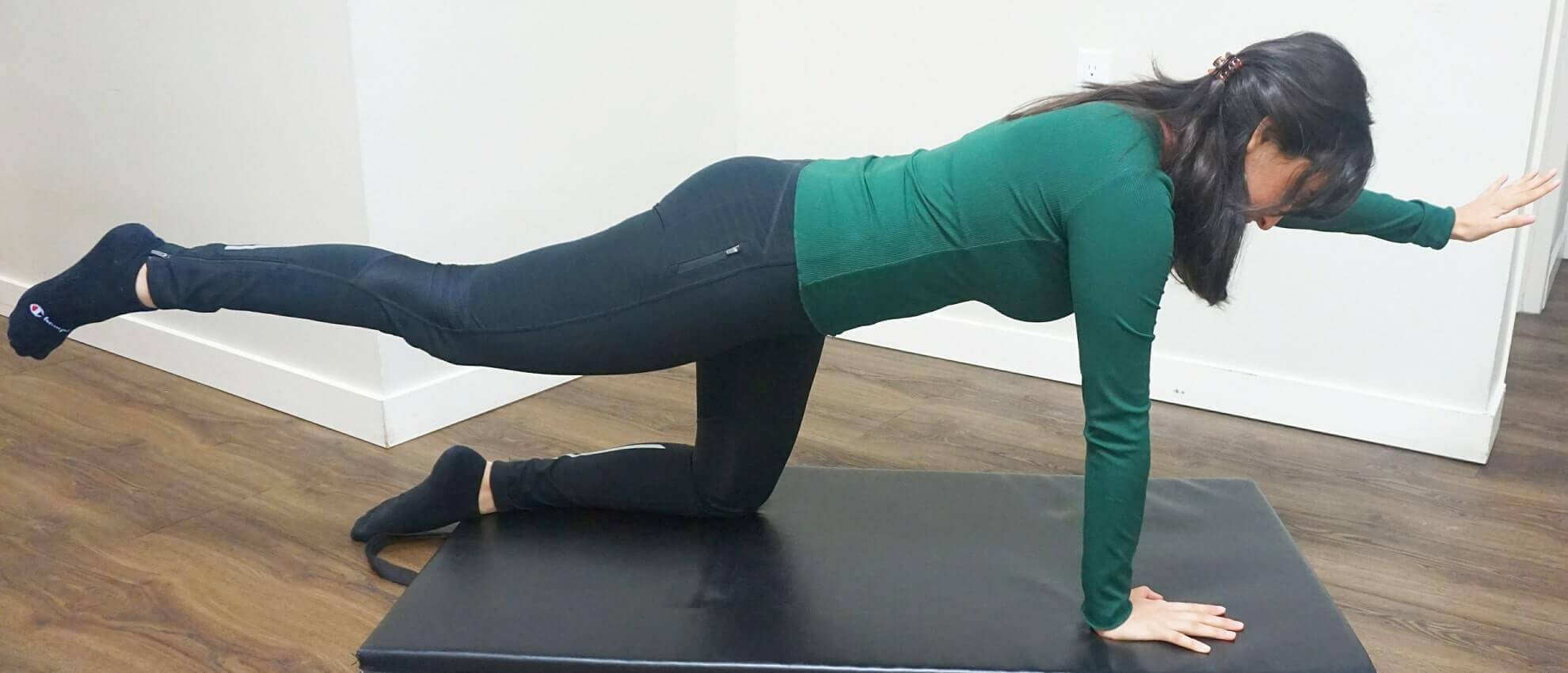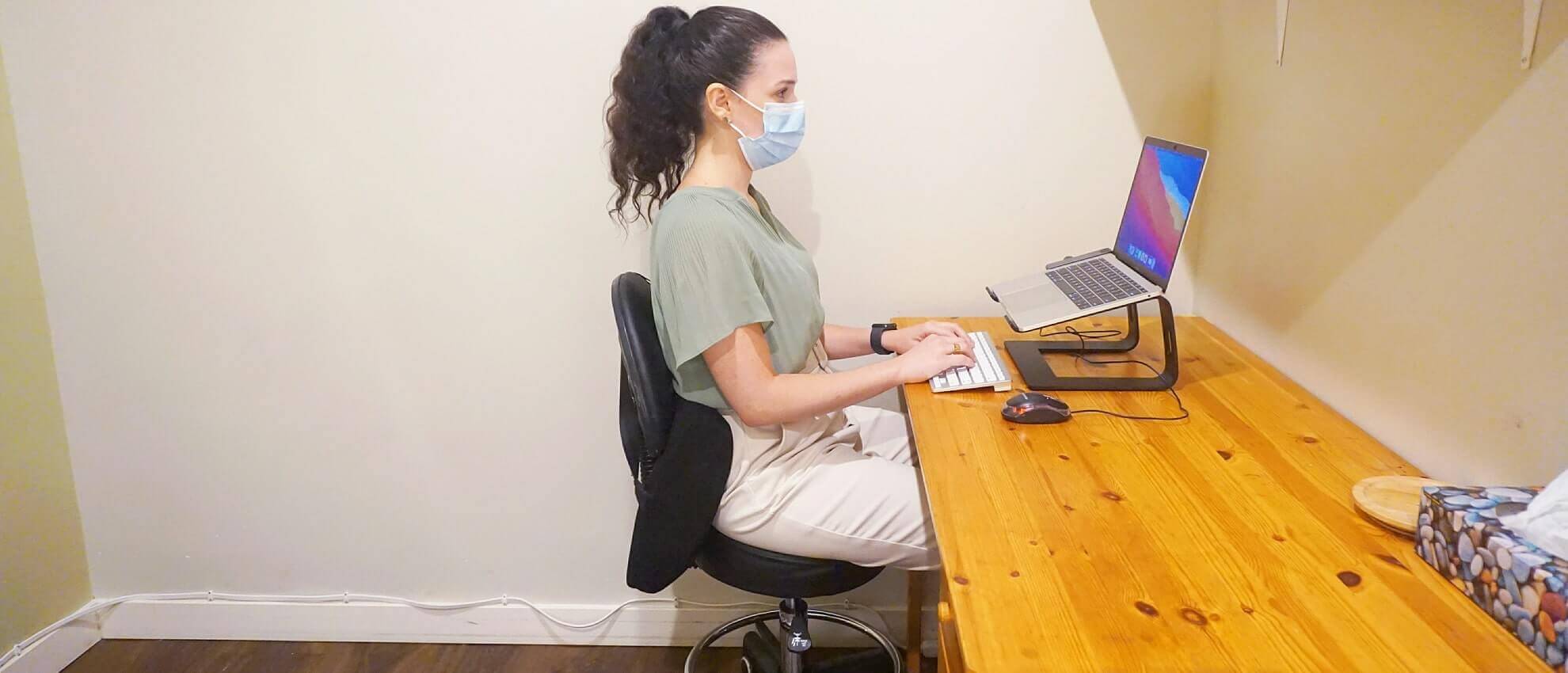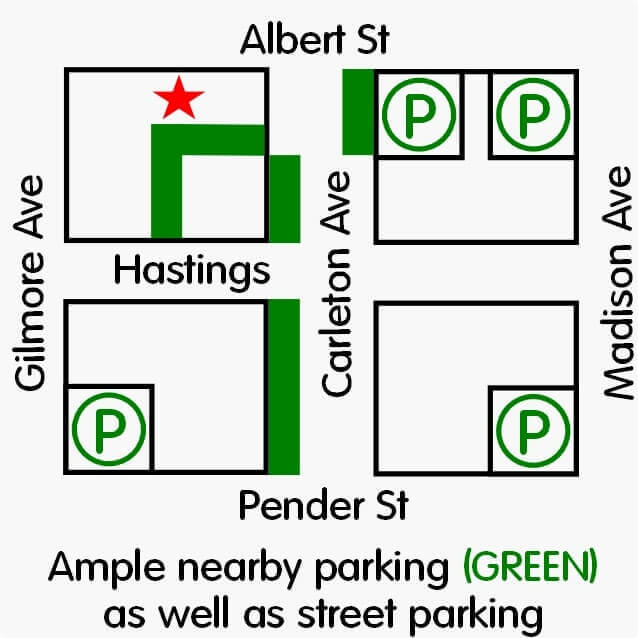Virtual Telehealth Sessions – Can They Actually Help?
You do not have to let a pandemic or busy schedule keep you away from your rehab sessions. Your ability to keep to your recommended treatment plan and frequency can have a large impact on how well and how quickly you recover from your injury.
After Joanne’s story, see examples of 5 tools your physiotherapist and chiropractor can use via video to help you recover from your injury without ever stepping foot into a clinic
Joanne’s Story
Injury: Joanne, 42, had stopped her car at a red light on the way home from work 14 months ago when she was suddenly rear-ended. Her head pitched forward and back and she felt shocked. Within a few hours, pain in her neck started ramping up and she developed a headache. Soon after, she started getting daily headaches as well.
Physiotherapy: Joanne started in-person sessions with a clinician who gave her twice-weekly treatments of manual therapy and massage and she was able to get to the point where she had minimal neck pain at work and home but still had daily a morning neck-ache, headaches, and could not get back to her yoga and boot camp sessions without worsening her symptoms.
Lockdown: Then, COVID-19 happened and she could not attend those sessions anymore. Joanne decided to try virtual telehealth sessions with a therapist at Cedar. First Joanne was asked to change her pillow, a simple fix that eradicated that morning neck-ache within 1 week.
Homework: Joanne was then taught the MacKenzie technique for reducing headaches and neck pain; within one month of doing the specialized exercises, her headaches were finally gone for good. She then learned exercises to increase the range of motion of her neck further and how to strengthen the muscles to provide more stability.
Recovery: After 2 months, she was able to do her online bootcamp and a full yoga class without neck pain or headache. Little did she know when COVID-19 hit, she would become empowered to learn the tools to heal herself and get back to living her best life.
1. Specialized Exercises
2. Heat Or Ice
Ever wonder whether you should use ice or heat for your injury and pains? Certainly they both have their uses and recommended steps if you choose to try using heat or ice. Another option that may actually produce better results than using ice or heat is gentle movements.
By staying active and mobile, small pain-free movements can help improve circulation to your area of injury. This may provide faster relief of your pain as well as help your recovery. If your injured area is visibly swollen and pain, then ice may be a good option to reduce the excess swelling.
Your physio can help you decide on which is the best option and what movements may be helpful for you

3. Active Rehab
Experts: Your physio’s are experts in recommending and prescribing the best exercises for you. They can inform you on the recommend number of repetitions and sets, depending on your condition. Rehab exercises can help improve the structure and function of your muscles. Most conditions can be helped by increasing your flexibility and strength.
They can monitor you as your perform the exercise and give you tips on improving your technique. They can also suggest modifications if you are having trouble with any particular part of your exercise.
Self-care: Seeing your physiotherapist for in-person, hands-on therapy can certainly help speed up your recovery process. In many cases, doing exercises at home can often produce very favourable results as well. Your healthcare practitioners can tailor your exercise program specifically for you, your needs and the injury you are dealing with. They can incorporate simple items commonly found throughout your home to enhance your home exercise program.
4. Positioning
Are you experiencing back pain that travels down your leg, or tingling or numbness in your fingers? This may be caused by pressure or irritation on your nerves.
There are positions that may be helpful for you that give your nerves some slack. This can reduce or ease some of the tension or pressure on your nerves. There are also specific movements you can do to help your nerve “glide” along it’s path, thereby also reducing neuro-inflammation.
Incorporating both proper positioning and these nerve glide movements can help to reduce pain from nerve irritation or pressure, providing comfort to you as you heal. Your physiotherapist can help guide you through these positions and glides during your virtual appointment.

5. Workstation And Pillow Set Up
As some say, “posture is the window to your health”. Having good posture regardless of what you are doing can go a long way to preventing pain and injury. Incorrect or less than ideal ergonomics can lead to repetitive strain and stress building in different parts of your body. Eventually, this can lead to pain and symptoms.
Your physiotherapist can assess your posture as you sit, stand, work and other daily activities during your telehealth session. They can make suggestions on how your body positioning and desk setup. For example:
- How high your armrests should be
- How far away from your monitor you should sit
- Your posture while sitting
- Height of your monitor
- Arm positioning as you work
Changes can be made to the location of your keyboard and mouse. Perhaps even incorporate the use of an external monitor or keyboard.
Even during your sleep, good posture is important. Depending on where you hurt, different sleep positions will be better than others. The type of pillow you use as well as mattress can make your night much more comfortable. Your physiotherapist can guide you through these questions as part of your online appointment.
Schedule Your Telehealth Physiotherapy Session Today
Schedule your virtual session today and receive help while in the comfort of your own home. Whether it is because of mobility issues and it is difficult for you to make your way into your physiotherapist’s clinic, or you simply prefer to stay home for your visit, telehealth physiotherapy may be a good option for you.
Speak with your physio to see if online physiotherapy is suitable for you.

